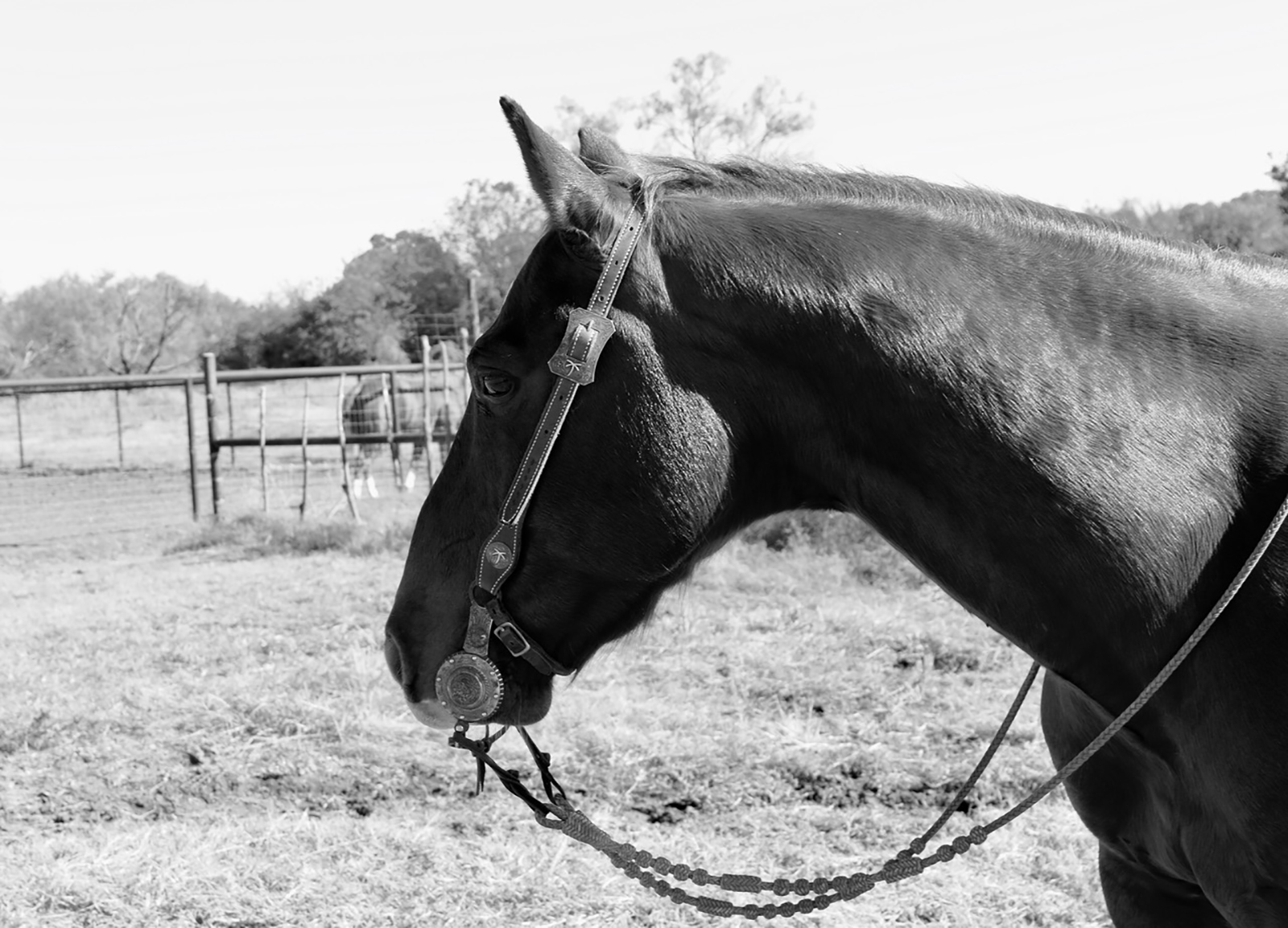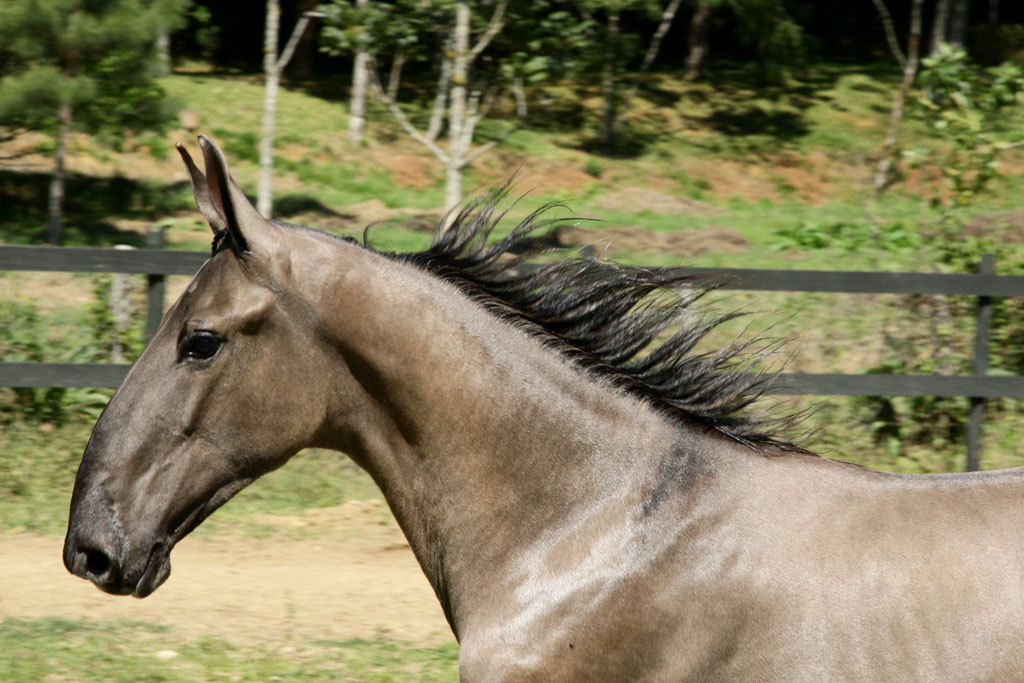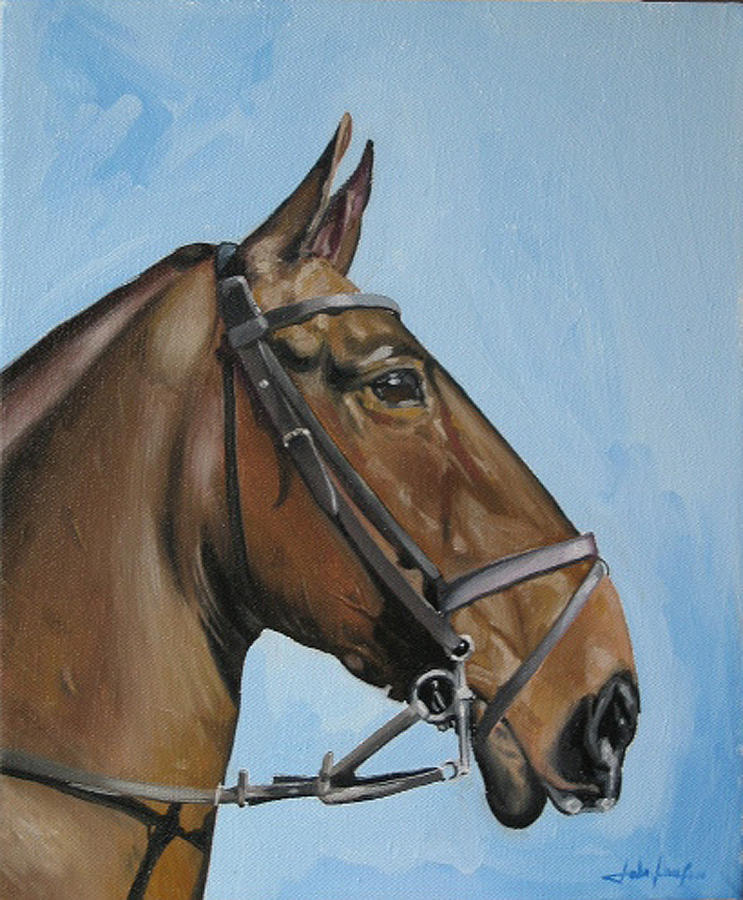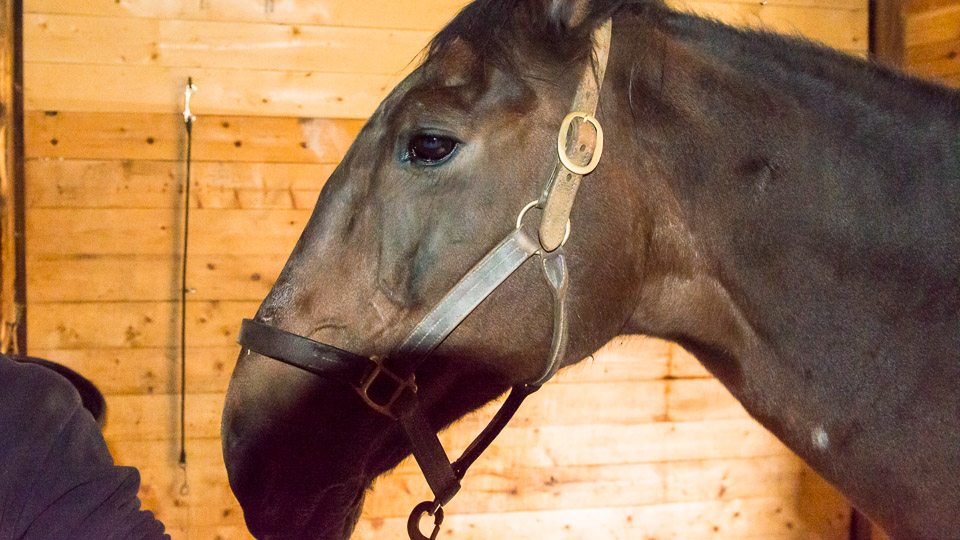
Lipizzaner, Roman nose Beautiful horse pictures, Horses, Beautiful horses
1325 posts · Joined 2010. #3 · Jan 12, 2011. Roman noses give a horse SOO much personality to his face, I can't help but love them. My first horse had a roman nose, and both of the belgians have a roman nose. My sisters horse Comanchie has one too. It's the same with dished faces, they have personality to them.

Raves for the RomanNosed Horse Western Horseman
You can find a fun outdoor adventure by riding horses in the beautiful canyons at Roman Nose State Park near Watonga, all year long. From the breathtaking gypsum rock cliffs to the peaceful natural springs, Roman Nose State Park is nestled in a small canyon and one of the best ways to experience it all is to saddle up on the back of a horse!

Roman Nose Appreciation The Horse Forum
Palomino is a Spanish word meaning juvenile pigeon (the diminutive of paloma, pigeon) and its equine usage refers to the color of such birds. Contents [ show] Categories: Horse. The Campolina's head has a distinctive, pronounced convex profile - a Roman nose of sorts, with the curve starting between the horse's eyes rather than near.

Image result for roman nose horse Horses Pinterest Horses, Search
Roman Nose: Knight-Errant in a War Bonnet. by John Koster 1/17/2018. He was the champion of the Cheyenne people, an imposing warrior who dressed to kill his enemies and left a staggering impression from Powder River Country to Beecher Island. Chivalry is the last flowering of a horseback warrior culture on the verge of extinction.

Pin by Kiellabella on Roman nose horse Lusitano stallion, Lusitano
The horse on the bottom has a slight Roman nose. Common structural characteristics of the head that are generally faulted are the Roman nose and the platter jaw. A Roman nose describes a condition in which the front of the horse's face is rounded outwards as opposed to being flat (Figure 10).

1000+ images about roman nose on Pinterest Roman, Horses and Mandalas
3,701. Location. Ayrshire. My sister's boy has a bit of a Roman nose, I wind her up and say it makes him look like a sock puppet. I do think they look good on a big solid horse (which he is). I've got a photo somewhere that shows it quite well. He's a lovely big thing. *toddles off to trawl photobucket*.

Roman Nose Painting by John D Lawson
521 posts · Joined 2009. #18 · Jan 14, 2011. It's actually a misconception that Spanish horses have roman noses. The roman nose is a draft horse trait, traditionally, Spanish horses had a subconvex profile, similar to the roman nose but not as extreme. The extreme roman nose on modern spanish horses is similar to the extreme low hip in German.

17 Best images about roman nose on Pinterest Mandalas, Agriculture
The death of Roman Nose (aka Hook Nose) at the Battle of Beecher Island, is depicted in a book from 1895. This Cheyenne war chief was a contemporary of Dull Knife. He was not so strong a character as the other and was inclined to be pompous and boastful, but with all this, he was a true type of Native American in spirit and bravery.

Pin by Kiellabella on Roman nose horse Lusitano horse, Lusitano
Photo by Kelli Neubert. A Roman nose on a horse is when there's a bump or a rise somewhere on the part that falls between his forehead and his nostrils. Basically, it's a convex profile—the opposite of a refined, dished head. Sometimes it's subtle and sometimes, it's extremely pronounced. Some breeds, such as draft horses, Lusitanos.

Roman Nose In Horses The Horse's Advocate
Doc-t February 16, 2015. 0. The profile of a horse head with a "Roman Nose" has the angle of the top of the skull, from the eyes to the nose, with a gentle convex shape so that the line from the eyes to the nose slightly rises before it falls. In most horses, this line is usually flat (straight) or is sometimes convex ("dished in").

Pin by trish cobey on horses
The front of a horse's face when viewed from the side will usually be straight from the forehead to the nostrils. A Roman nose is a facial profile that is convex, and is often associated with draft horses. A dished face is a concave profile with a dip in the face between the eyes and nostrils, usually associated with Arabians.

Image result for roman nose horse Horses, Horse pictures, Animals
Some breeds like draft horses, Lusitanos and Andalusians have a tendency for their noses to be Romanesque. The Roman-nosed horse is less popular in cowboy culture than his more refined counterparts. Songs, poems, and stories tell of a horse with a rough head that has the tendency to be strong, ranchy, powerful, and perhaps even a bit broncy.

Roman Nose In Horses The Horse's Advocate
Generalized, Roman noses tend to appear on heavier breeds of horses known for pulling, providing a robust and strong appearance that matches up well with their physical capabilities. On the contrary, riding horses tend to present with various facial profiles, reflecting their diversity of physical traits found across their species.

1000+ images about ROMAN NOSE on Pinterest English bull terriers
The horse with a roman nose has a convex profile. Convex heads are generally associated with Draft horses, Baroque horse breeds and horses from cold regions. Roman noses are common (and sometimes are considered a breed trait) in Iberian/related breeds, such as Lusitanos, Andalusians, Lipizzanners, etc. Many of the heavier Appaloosa horses have.

Кладруб Horse breeds, Rare horses, Horses
The head of the Lusitano is uniquely shaped compared to other horse breeds. It has a sub convex profile, or Roman nose, in contrast to the dish shape of other breeds, and almond-shaped, expressive eyes. This head shape benefited the Lusitano as a war horse. Mentally, the Lusitano is a friendly, gentle, willing, and highly intelligent horse.

Love a Roman nose! What a profile 👏💕💯 Horses, Pretty horses
Roman Nose (c. 1823 - September 17, 1868), also known as Hook Nose (Cheyenne: Vóhko'xénéhe, also spelled Woqini and Woquini), was a Native American of the Northern Cheyenne.He is considered to be one of, if not the greatest and most influential warriors during the Plains Indian War of the 1860s. Born during the prosperous days of the fur trade in the 1820s, he was called.